A well-known Abkhaz scholar, member of the Supreme Council of the World Abaza Congress, Professor Viacheslav Chirikba told the WAC information portal about his new book “Abkhazia and Italian city-states of the XIII-XV centuries. Relationship Essays.”
Professor Viacheslav Chirikba, a well-known Abkhaz scholar and member of the Supreme Council of the WAC, recently published a new richly illustrated book “Abkhazia and Italian city-states of the XIII-XV centuries. Relationships Essays”, which highlights the period of close relations between Abkhazia and Italy. The WAC web information portal interviewed the author and found out how the book was written and what makes it remarkable.
- Viacheslav Andreyevich, how did the idea of writing this book come to you?
– I must say that I never thought of writing anything on this, much less a book, because I am still not a medieval historian (medieval studies are from the French. Médiéval “medieval” - a section of historical science that studies the history of Middle Ages - ed.). By the way, we have very good specialists of this period. However, a little earlier, I also completely unexpectedly wrote a book about the possible Caucasian (Abkhazian or Circassian) origin of the mother of the great genius of the Renaissance Leonardo da Vinci.
Therefore, analyzing this hypothesis, I had to delve into the topic of the slave trade from Abkhazia, put on a wide conveyor by the enterprising Genoese who had factorias in our country (trading settlements formed by foreign merchants in the territory of another state - ed.) from XIII to XV century, until the Turks drove them out of here. I had to study both ancient Italian documents, and maps on which the settlements of Abkhazia were marked, and the ancient flags of Abkhazia, as well as a lot of other information. It seemed to me a pity to leave all this accumulated expertise, especially when I had my own opinion on its certain aspects, and somehow I suddenly decided: why not put it all in the form of a book?
Having finished the book, I began to think about where to publish it. The publication of the book, and even with color illustrations - and I had a lot of them, is a very expensive pleasure, and I just did not know who apply to.
- Who ended up publishing it?
- I decided to write a proposal for the publication of a book to the Petersburg publishing house Aletheya (in translation from Greek means “the Truth”), which is very famous for its high-quality scientific publications in the humanitarian field. I have several books published by this publisher that I really like. About a month later, a letter came from the editor-in-chief with the news that the publisher was interested in publishing the book.
A not very large contribution from the author was supposed, which was kindly paid by our Academy of Sciences, and I am a member of it. I am grateful to the President of the Academy Zurab Dzhotovich Dzhapua for this financial assistance. This is how my new book came into being. By the way, the foreword to it was written by a famous Italian specialist in the field of Russian and Caucasian philology and history, Professor Vittorio Springfield Tomelleri.
- The monograph tells about the Italo-Abkhaz relations of the XIII – XV centuries. There is not much information on this topic; even what has been studied is little known to the masses. What sources did you use?
– Indeed, little is known about this period, although we are talking about the time of the busiest international trade between the West and the East. Abkhazia was one of the important components of the great trade route that stretched between China and Europe, which continued to function despite the raging plague pandemic, somewhat reminiscent of the current coronavirus pandemic - fortunately for us, far from being as lethal as the plague. By the way, then Abkhazia was very lucky, and the Black Death pandemic (the so-called plague - ed.), which mowed one third of the population of Europe, bypassed our country. I hope that this time it will bypass us again.
I based, first of all, on the work of our major experts on the Genoese period - Revaz Katsiya and Tsiala Chachibaya. The works of the classics of the Abkhaz historical science of Shalva Inal-ipa, Zurab Anchabadze, Yuri Voronov and other scholars were important. In addition, the works of the Russian researcher Sergei Karpov, as well as European historians Domenico Joffre, Michel Balar, Georges Bratianu, Geo Pistarino, Luigi Tria and many others, became valuable for my research. A good article on Genoese-Abkhaz relations was recently written by a young researcher from Genoa, Matteo Puglieze.
Many primary sources, that is, original documents of the studied era, were published in various Italian publications, especially in Genoa. In general, there was a lot of material. However, of course, even more remains hidden in the richest archives of Genoa, Venice and the Vatican. All this remains to be investigated, and important documents for our history are still waiting for their researcher.
- How were the trade and other relations between Abkhazia and Italy of that period built up?
– The main trading points of the Genoese were located in Savastopoli – this is how they called Sukhum - and in Cavo de Buxo, translated from Italian as “Boxwood Harbor”. This is the coastal part of the current village of Bambora near Gudauta, boxwood was exported from there, which was valued highly in the markets of Western Europe. Money was in use - silver and gold coins, there was even a mint in Savastopoli, but barter nevertheless served as the main trading mechanism. Many goods were exported from Abkhazian ports to Italy and Byzantium: hemp, raw silk, wheat, rice, wine, wax. Luxury goods were imported: cloth, clothes, spices.
The most negative aspect of the presence of Italians in Abkhazia was the export of Abkhazian slaves organized by them to Western Europe (mainly Italy and Spain), as well as to Egypt and Syria, which, of course, demographically weakened the country. Since the 13th century, a Genoese notary office has been operating in Sukhum to complete trade transactions. A Genoese diplomatic mission was also present in Abkhazia - a consulate led by a consul appointed by Genoa to protect the interests of Italians in Abkhazia. In addition, the so-called Sebastopol Archdiocese in Abasgia (that is, Abkhazia), headed by the bishop, was located in Savastopoli. A Catholic church was built and a Catholic cemetery was established. All this has been functioning for more than two centuries.
- You are talking about the export of slaves from Abkhazia and Circassia. If we dwell on this in more detail, can we talk about the large scale of such trade?
– Yes, there was a considerable amount of slave exports. In one of the periods in Genoa, most of the eastern slaves were, along with the Russians and the Circassians, Abkhazians. Now their descendants in Genoa, Florence, Venice or Rome, forgetting their Caucasian origin, speak Italian and do not suspect that they have many blood relatives in Abkhazia and Circassia. After the Ottomans ousted Italians, the lucrative business of trading Abkhaz and Circassian slaves passed to the Turks. Slave trade from Abkhazia and Circassia to Turkey did not stop until the middle of the XIX century, when Russia put an end to it.
- You write about the Roman Catholic Church in Abkhazia. As far as is known, in the archives of the Vatican there are a number of unpublished sources about Abkhazia and, in particular, about Italo-Abkhaz relations.
– The beginning of the interaction of the Catholic Church with Abkhazia dates back to the first quarter of the 13th century I give the names of all the Catholic bishops of Abkhazia in the book with an indication of their term of service. Some of their letters and reports are also known. The Catholic Church in Abkhazia existed in conditions of intense competition with the Orthodox clergy. After the Genoese exodus in the last quarter of the 15th century, the influence of the Catholic Church in Abkhazia came to naught.
Indeed, in the archives of Genoa, the Vatican and, to a lesser extent, Venice, there are many important archival documents relating to our medieval history. This period is still very poorly studied in Abkhazia.
- Was there any attempt to get copies of these unique materials through the MFA? And do you think that these sources can tell you about something previously unknown?
– Letters to the archives will not help much. On the one hand, much has already been published, and is still published. Our historians just need to study these important publications. Secondly, in
the Italian archives there are literally mountains of unwritten and unpublished archival documents, and no one will delve into these archives specially for us in response to our letters - this is painstaking and exhausting work. This is known to everyone who worked in the archives. Of course, you can write letters, but it would be more productive to send to these very archives our excellent specialists for this period, of which I spoke above - Revaz Katsiya and Tsiala Chachibaya. In addition, it is necessary to prepare new specialists with knowledge of Latin and Italian languages who would study archives - and this is many years of work - and “extract” materials important for understanding our history. Again, much rests on finances, which are few, and on the organization of the training of young scientific personnel, which, too, frankly, is far from perfect. Studying and writing history involves studying the primary sources, and here lies the problem - few of our young scholars can work in foreign archives for financial reasons, and few of them can read historical publications in foreign languages.
- I would like to briefly touch on cultural heritage of that particular era. That's when we talk about the Greek heritage in Abkhazia, Dioskuriada comes to mind. What about the Italian one?
– This is a very interesting but difficult question. There is no consensus among our scientists about the buildings of the Genoese period: they name the towers in Novy Afon, the so-called Tamysh fortress in the village of Novy Kyndyg and so on, but not everyone agrees. It is believed that a number of frescoes in the medieval churches of Abkhazia were re-painted by Italians, or made by Byzantine Greeks by order of Italians in the XIV-XV centuries. Archaeological literature reported the findings of Italian coins in Abkhazia, but not a single such coin is found in the numismatic collection of the Abkhaz State Museum.
Something may have remained in the language - for example, in names like Jyot, Jysyp, Jyof, Tort, which may have an Italian source. I also cite in my book some words that Abkhaz could learn from Italians, and, first of all, this is our beloved Abysta, whose name most likely comes from Italian pasta. The Abkhazian name for the odorous herb of coriander - akulandyr, could also have a source of Genoese colandro. There are other interesting words, possibly taken by medieval Abkhazians from Italian.
In general, traces of more than 200 years of the Italians' stay in Abkhazia are still poorly distinguishable. The search for such traces should, of course, be the subject of a separate research work. By the way, in Italy itself, near Genoa, I found a striking monument of Italian ties with the Caucasus - this is a high peak 1245 meters high called Monte Caucaso (“Caucasus Mountain”), which is part of the Ligurian Apennines.
- What fundamentally new, perhaps previously unknown, you managed to reflect in the book?
– I think that specialists in this period will be able to say this. For me personally, almost everything was new, so it was so interesting for me to work. Nevertheless, it can be said that the chapter on the analysis of toponyms and hydronyms (names of water objects - ed.) on medieval maps may have made some clarifications to existing knowledge, or even dispelled some myths. An interesting chapter for readers will be the analysis and classification of the flags of Abkhazia, depicted on medieval maps and atlases.
- How long have you been working on the monograph?
– A little over a year. Although much has been done by me earlier, while writing a book about the riddle of the origin of Leonardo's mother.
- Where can we get a copy?
– Good question. Even I do not have a single copy. I will order several dozen pieces for Abkhazia, because there is interest in the book.
- What is the circulation of the book?
– 500 copies. In addition, it will be available online soon. I wish you all a pleasant reading!
– Thank you!
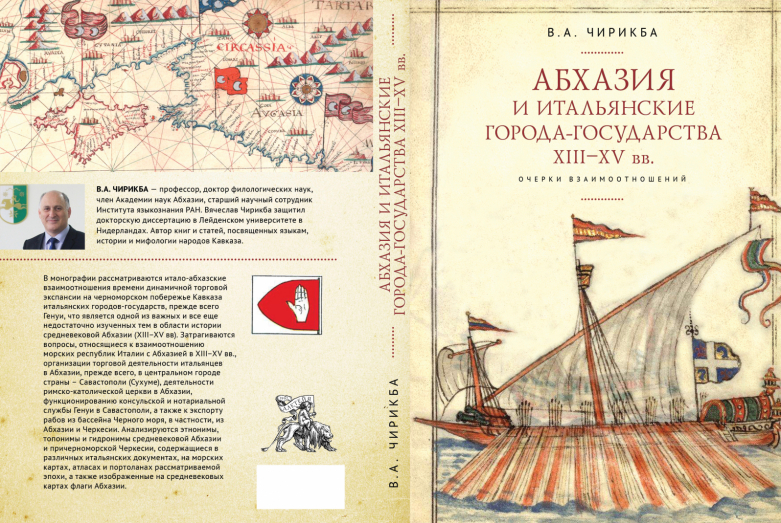
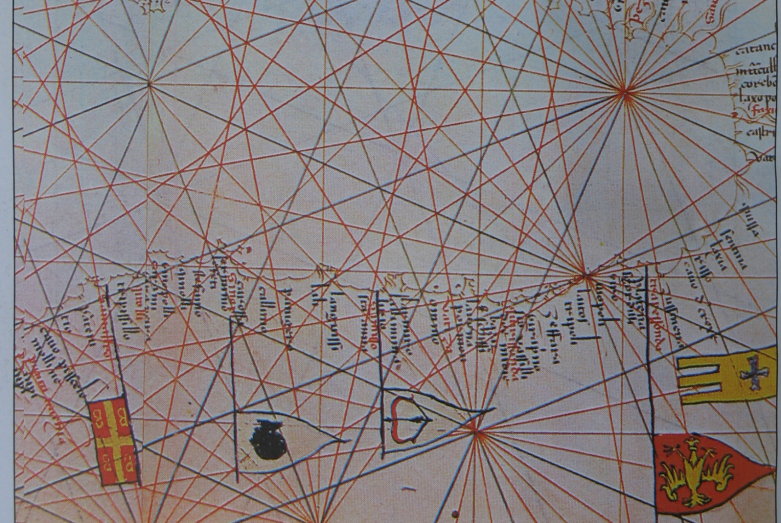
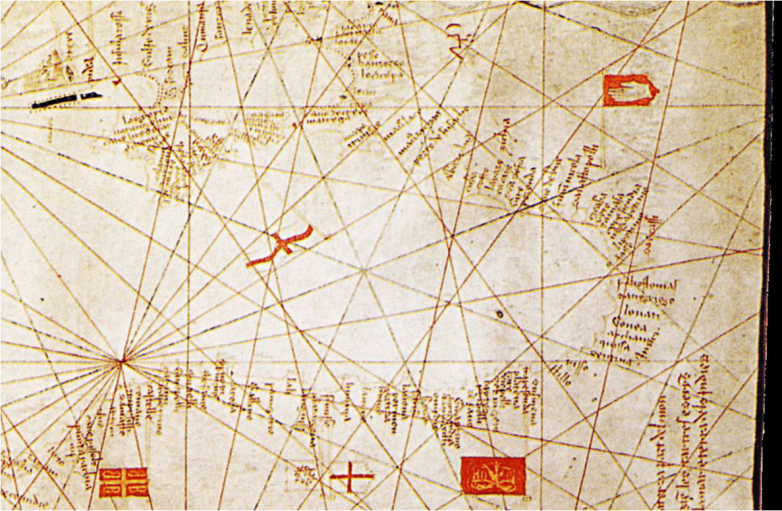
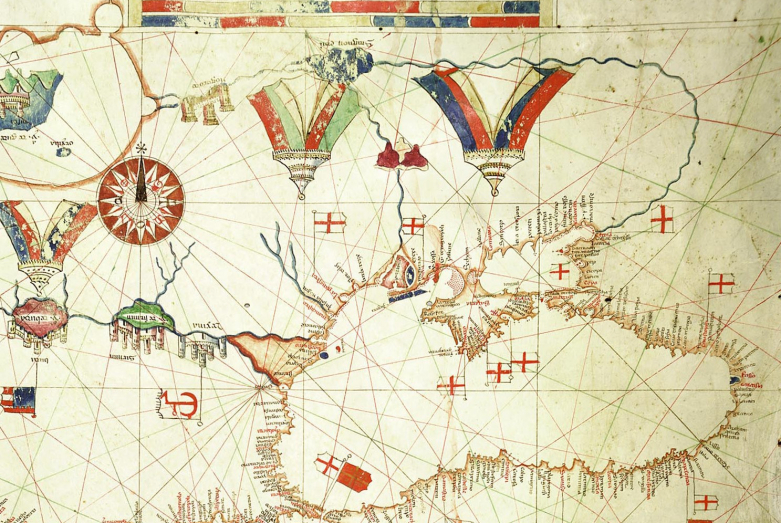
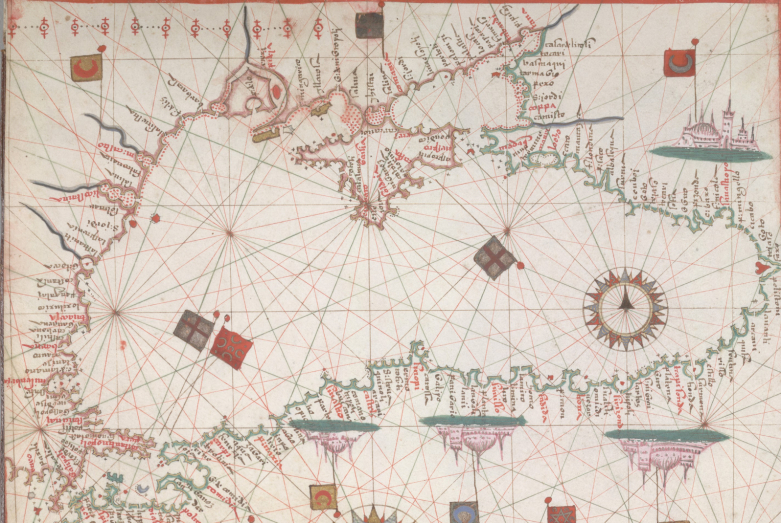
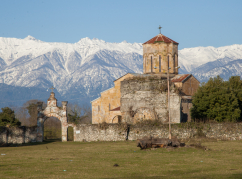
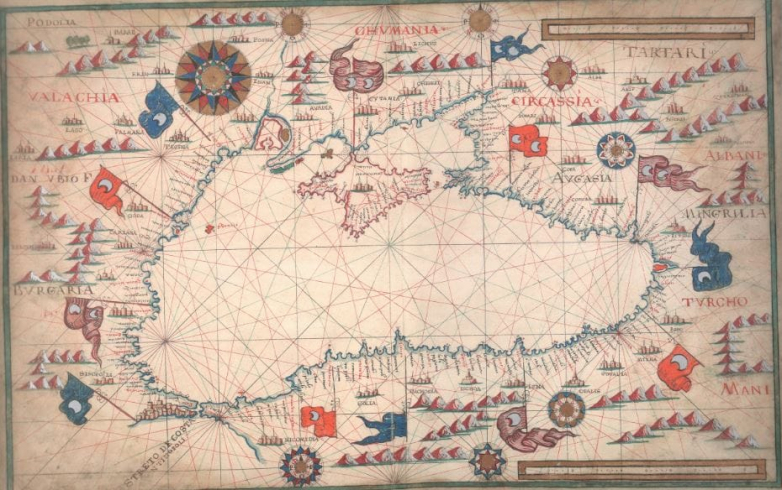
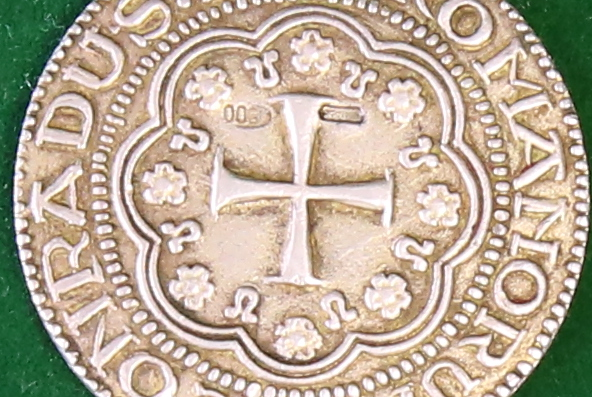
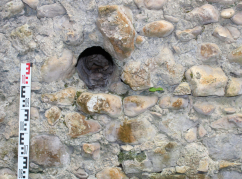
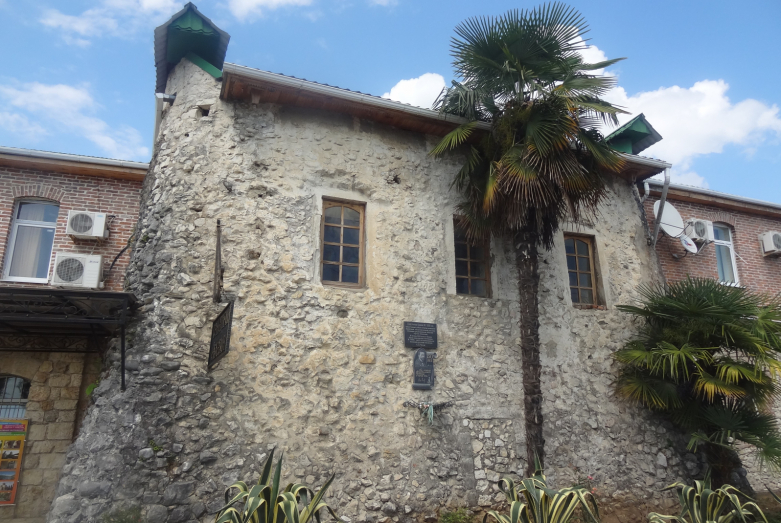
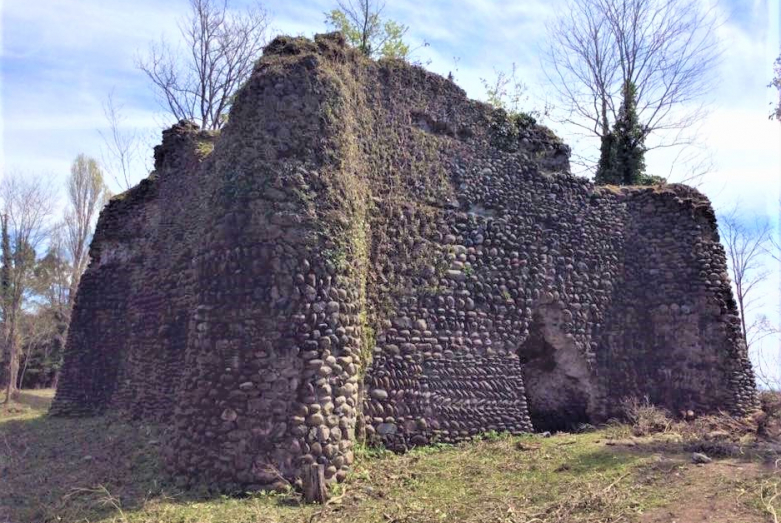
to login or register.